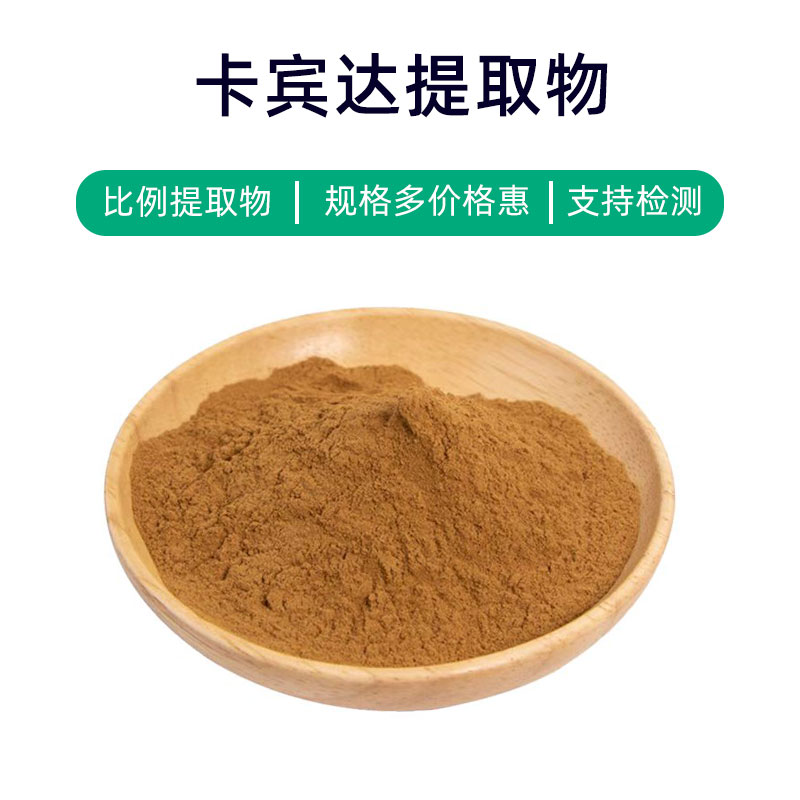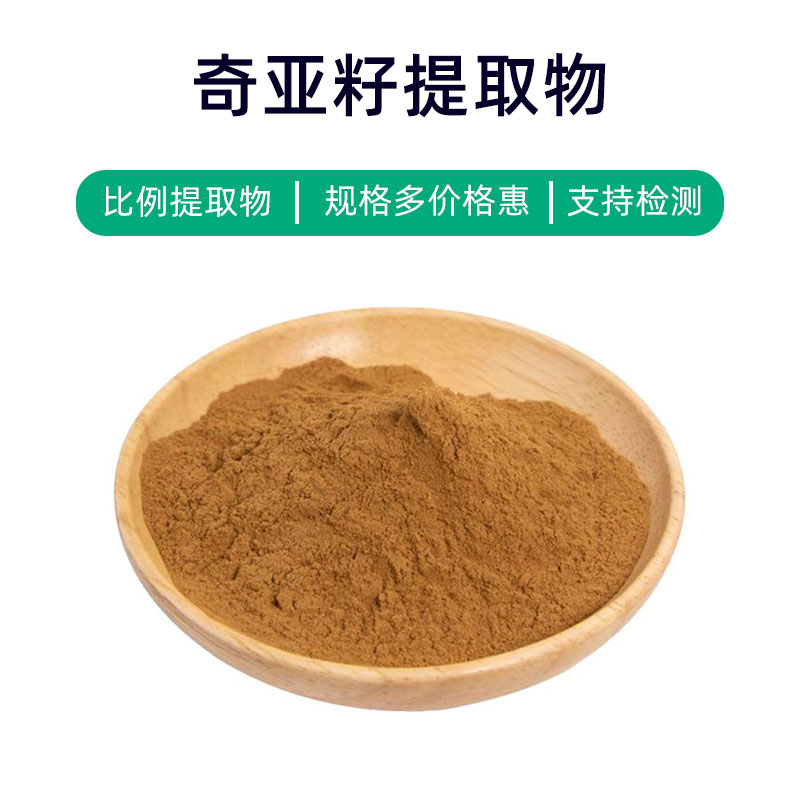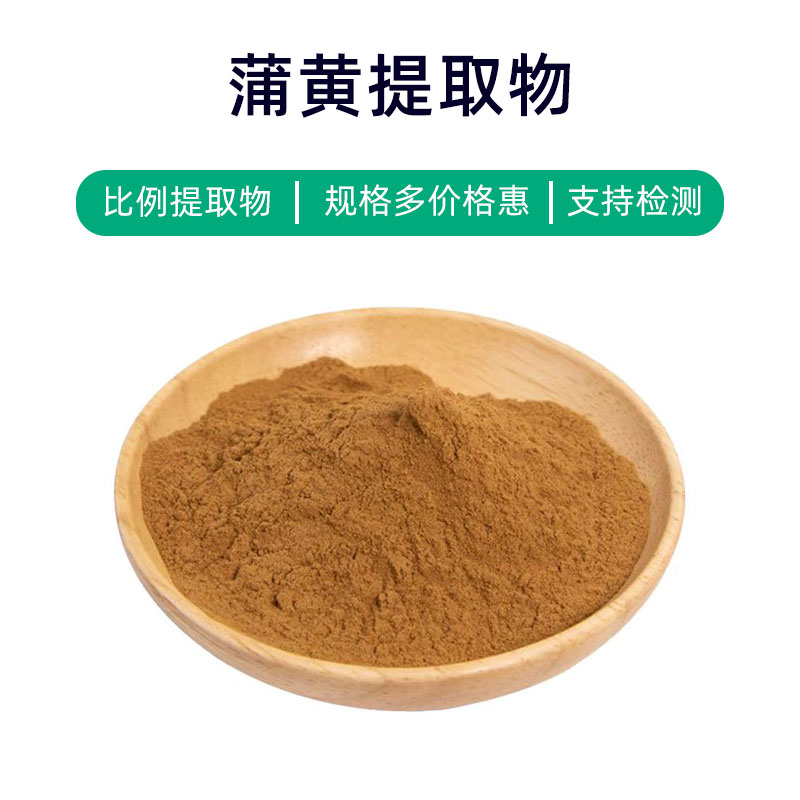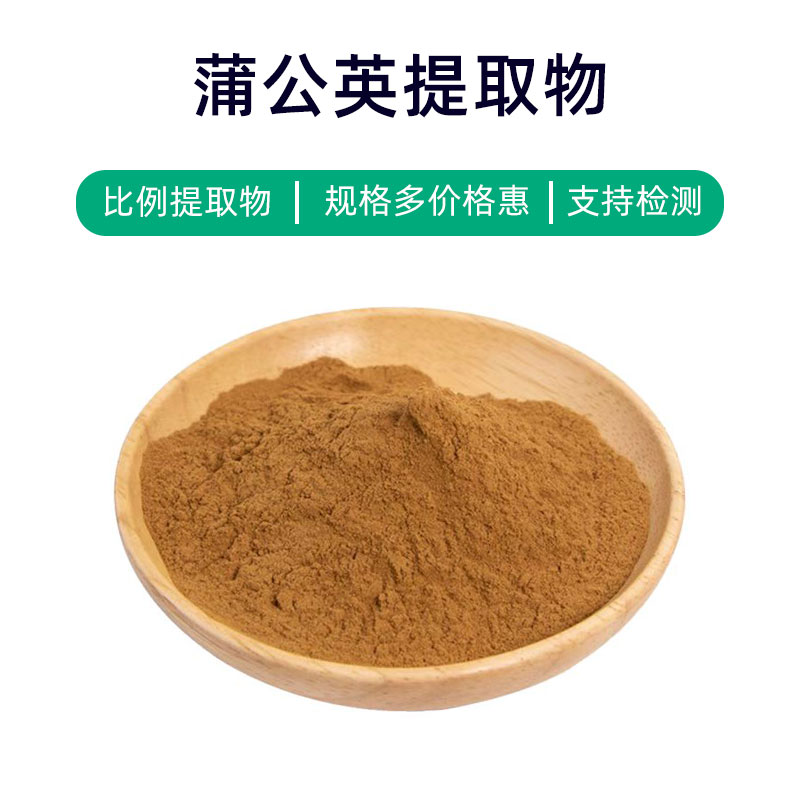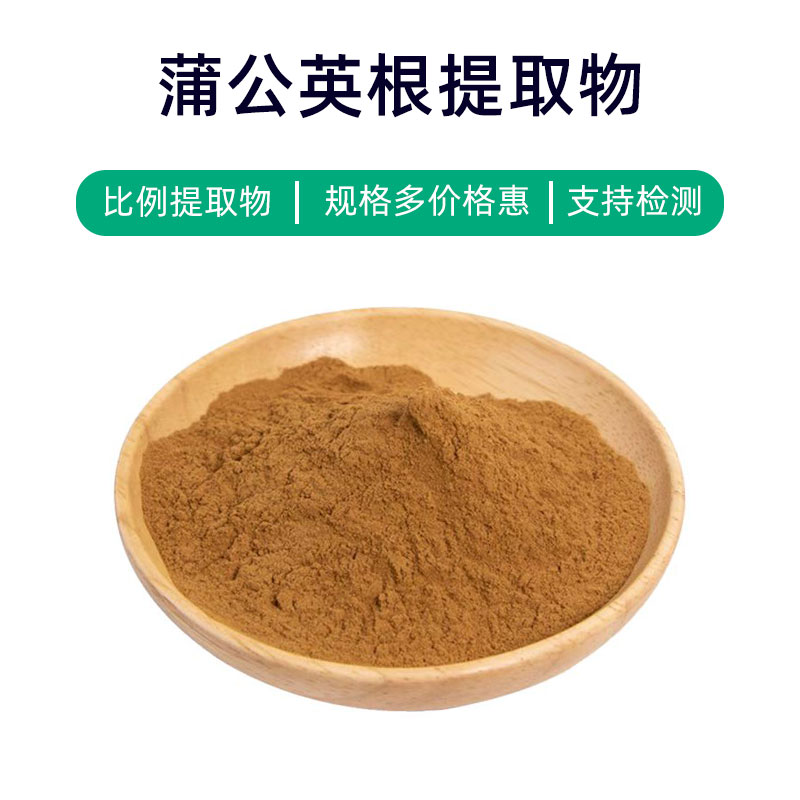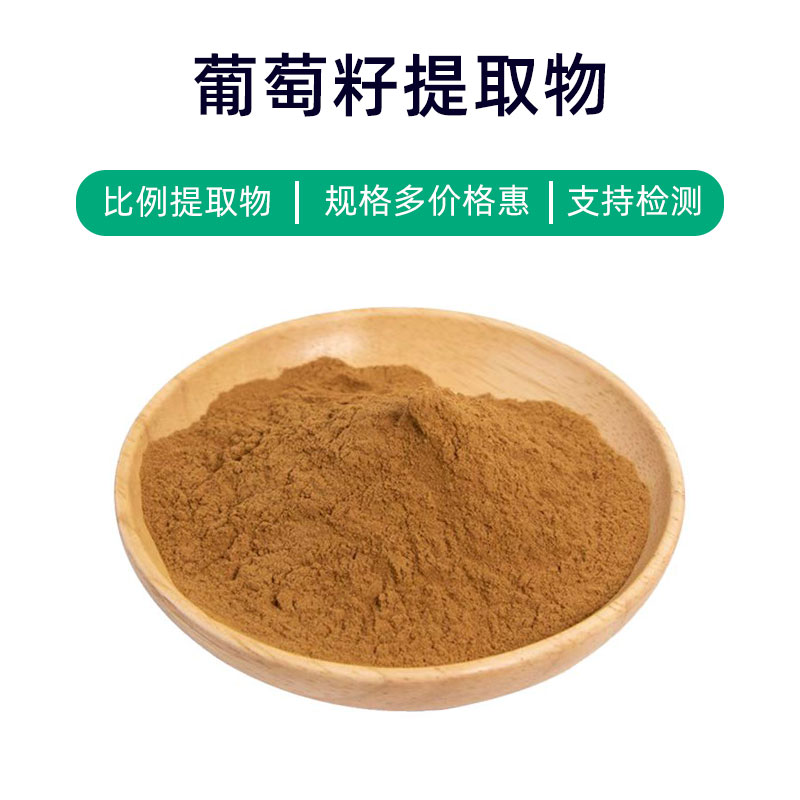Rose Extract Product Introduction
Rose extract is a common plant extract. Its main components include various active ingredients such as anthocyanins, volatile oils, and flavonoids. Its efficacy is mainly reflected in aspects such as anti - oxidation, anti - inflammation, and beauty care. Rose extract is widely used in the cosmetics and health products industries for skin care, anti - aging, and reducing skin inflammation. As a natural plant extract, it is often added to products such as creams, lotions, masks, and shampoos. It can help improve the skin condition, enhance the skin's resistance, delay the skin aging process, promote cell regeneration, and make the skin smoother and more delicate.
Rose Extract Production Process
The production process of rose extract usually includes the following steps:
- Raw Material Collection: First, fresh and high - quality roses need to be selected as the extraction raw materials. Usually, the roses are picked when they are in bloom, avoiding exposure to sunlight and rain to maintain the integrity and freshness of the flowers.
- Pre - treatment: The collected roses need to be preliminarily treated, including removing impurities, washing, and drying, to ensure the cleanliness and dryness of the raw materials.
- Extraction: The pre - treated roses are subjected to extraction with a suitable extractant (such as ethanol or water). Usually, normal - temperature extraction or heating extraction methods are used to fully dissolve the active ingredients in the extractant.
- Filtration: The extracted liquid is filtered through a filter screen to remove solid residues and impurities, obtaining a clear extract.
- Concentration: Low - temperature concentration or vacuum concentration technology is used to evaporate the solvent in the extract, obtaining a concentrated extract.
- Separation: The concentrated extract is separated using techniques such as centrifugation or thin - layer chromatography to obtain extracts of different components.
- Refinement: The separated extract is refined to remove impurities and purify the active ingredients, ensuring the purity and quality of the product.
- Drying: The refined extract is dried. Usually, spray drying or vacuum drying technology is used to transform the extract into a powder or granular form for convenient subsequent formulation processing and application.
- Packaging: Finally, the dried rose extract is packaged. Appropriate packaging materials and methods are selected to ensure the quality and stability of the product. It should be stored in a dry, cool, and dark place.
Rose Extract Efficacy, Function, and Side Effects
Rose extract is a commonly used plant extract with a variety of effects and functions, mainly including the following aspects:
- Anti - oxidation: Rose extract is rich in various natural antioxidants, such as polyphenolic compounds and vitamin C, and has a strong anti - oxidation effect. It can neutralize free radicals, reduce the damage of oxidative stress to cells, and protect the skin from environmental pollution and ultraviolet radiation.
- Skin Care: Rose extract has the effects of soothing, moisturizing, and nourishing the skin. It can promote skin cell regeneration, enhance skin elasticity, and improve skin problems such as dryness, roughness, and wrinkles, making the skin softer and smoother.
- Anti - inflammation and Sedation: Rose extract contains a certain amount of flavonoids and alkaloids, which have anti - inflammatory and sedative effects. It can relieve skin allergic reactions such as redness, swelling, and itching, soothe sensitive skin, and reduce skin discomfort.
- Whitening and Spot Fading: The polyphenolic compounds in rose extract have a certain whitening effect. They can inhibit the formation of melanin, reduce spots and pigmentation, even out the skin tone, and make the skin brighter and smoother.
- Anti - aging: The various active ingredients in rose extract have anti - aging effects. They can promote collagen synthesis, improve skin elasticity and firmness, delay the skin aging process, and maintain a young and healthy skin state.
Rose extract, as a natural plant extract, is widely used in cosmetics and skin - care products, such as masks, lotions, and serums. Its dosage usually depends on the specific product formula. It is recommended to read the product instructions and follow the guidance before use to avoid adverse reactions caused by excessive use.
It is worth noting that although rose extract has many good effects and functions, it may cause allergic reactions or discomfort in some individuals. Therefore, it is recommended to conduct a skin sensitivity test before use. If an allergic reaction occurs, stop using it immediately and consult a professional doctor for advice.
Rose Extract Application Scenarios, Usage, and Dosage
Rose extract has a wide range of applications in the fields of medicine, food, and cosmetics. The following will introduce its application scenarios, usage, dosage, and relevant precautions in different fields respectively.
- Medical Field Application:
- Rose extract has a long history in traditional Chinese medicine and is used to treat some skin problems such as skin inflammation and allergic reactions. It has the effects of soothing, anti - inflammation, and sedation and can be used to prepare skin - care ointments and lotions.
- Usage and Dosage: Generally, an appropriate amount of rose extract is added to ointments or lotions and applied externally to the affected area. Use it as directed by a doctor or the product instructions.
- Food Field Application:
- Rose extract can be used as a food additive to impart a floral fragrance to food, enhancing the taste and flavor.
- Usage and Dosage: Depending on the type of food and the production process, an appropriate amount of rose extract can be added in accordance with food safety standards and additive use regulations.
3. Cosmetic Applications:
- Vanilla extract is commonly used in cosmetics, including skincare products and perfumes, due to its antioxidant, moisturizing, whitening, and anti-aging properties.
- Usage and Dosage:
The specific usage and dosage should be determined according to the product type. Vanilla extract is generally added to formulations in a specific proportion and can be used in products such as serums, masks, and lotions.
Precautions When Using Vanilla Extract:
- Avoid Overuse: Follow the product instructions or the guidance of a professional to avoid excessive use.
- Sensitivity Test: For sensitive skin, it is recommended to perform a skin sensitivity test before use. If discomfort or allergic reactions occur, discontinue use immediately.
- Storage: Store vanilla extract in a cool, dry place, away from direct sunlight and high temperatures, to maintain the stability of its active components.
Overall, vanilla extract is a natural plant extract with various benefits and applications. However, careful handling and adherence to product instructions and professional advice are essential to ensure safe and effective use.
Introduction to the Source Plant, Distribution, and Growing Environment of Vanilla Extract
Vanilla (Vanilla planifolia) is a member of the Orchidaceae family, also known as "vanilla orchid." Below is detailed information about the source plant, distribution, and growing environment of vanilla extract:
1. Source Plant:
Vanilla is a species of the Orchidaceae family, which is a perennial, climbing evergreen plant.
- The plant usually grows to a height of 1 to 3 meters and has both ornamental and medicinal value.
- Vanilla flowers can be single-petaled or multi-petaled, displaying a variety of colors, including red, pink, and yellow. The petals have a pleasant fragrance.
2. Distribution:
Vanilla is native to China and is a common plant in traditional Chinese gardens.
- Beyond China, vanilla is also widely distributed across Asia, Europe, and North America.
- In China, vanilla is commonly found in gardens, courtyards, and parks as an ornamental flower.
3. Growing Environment:
Vanilla is highly adaptable and does not have strict growing requirements.
- Climate: It thrives in a mild and humid climate with sufficient sunlight.
- Soil: While vanilla is tolerant of various soil types, it grows best in loose, fertile, and well-drained soil.
- Hardiness: Vanilla is drought- and cold-tolerant but is sensitive to hot and humid conditions, which may lead to pest and disease issues.
Overall, vanilla is a highly adaptable and valuable plant with strong ornamental appeal. Its beautiful and fragrant flowers make it popular for landscaping and ornamental use. In the wild, vanilla can grow naturally or be cultivated as a garden plant due to its broad environmental tolerance and adaptability.
Processing and Storage of Vanilla Extract
The processing of vanilla extract mainly involves the following steps:
- Harvesting:
Fresh flowers are harvested and promptly processed to avoid excessive wilting or damage. - Drying:
The flowers are dried in a cool, well-ventilated environment to maintain the quality and active components of the plant material. - Crushing or Extraction:
Appropriate techniques and equipment are used to crush or extract the active components, ensuring the purity and potency of the extract. - Storage:
Vanilla extract should be stored in a cool, dry, and dark place, away from direct sunlight and high temperatures. This helps extend the product’s shelf life and preserve its effectiveness.
Monica Sun is a seasoned expert in the plant extraction industry with over a decade of experience in research and production. She specializes in the extraction and purification of plant active ingredients, focusing on driving innovation in natural product applications. Monica has participated in the development of multiple functional plant extracts, delivering high-value natural raw material solutions for the health food, pharmaceutical, and dietary supplement sectors.









